Introduction
Introducing a harness to a nervous dog can feel like a challenge, but with patience and the right approach, you can turn it into a positive experience. Some dogs fear harnesses due to past trauma, discomfort, or simply because it’s an unfamiliar object. The good news? With gentle encouragement and positive reinforcement, your pup can learn to love their harness.
Understanding Your Dog’s Fear

Before introducing a harness, it’s important to understand why your dog might be nervous. Some common reasons include:
-
Past negative experiences with harnesses or restraints
-
Discomfort with new sensations touching their body
-
Fear of restriction or feeling trapped
-
Overstimulation from new sights, smells, or noises
Watch for signals like cowering, tail tucking, excessive licking, or backing away. These are signs your dog is feeling anxious.
Choosing the Right Dog Harness
The right harness makes all the difference. Look for:
-
Soft, padded materials for comfort
-
Adjustable straps for a snug but not tight fit
-
Step-in vs. over-the-head styles—some dogs prefer one over the other
Trying different harness styles can help find the best fit for your pup.
Preparing for the Introduction
Set the stage for success by:
-
Choosing a quiet space with minimal distractions
-
Using a calm, gentle voice
-
Keeping treats or a favorite toy nearby
Step-by-Step Introduction Process
-
Let your dog sniff the harness without putting it on.
-
Reward curiosity with treats and praise.
-
Gently touch them with the harness to build familiarity.
-
Gradually place the harness on without fastening it.
-
Once comfortable, secure the harness and reward your dog.
Using Treats and Rewards Effectively
-
Use high-value treats like chicken or cheese.
-
Reward calm behavior and curiosity towards the harness.
-
Keep sessions short and positive to avoid frustration.
Building Positive Associations

Make the harness part of enjoyable activities, like:
-
Playtime before and after harnessing
-
Short training sessions with treats and praise
-
Cuddles and petting while wearing the harness
Handling Setbacks and Fear Responses
If your dog resists, avoid forcing the harness on. Instead:
-
Take a step back and slow down the process.
-
Try using a calming scent or familiar blanket.
-
Keep sessions short and end on a positive note.
Trying Alternative Methods
-
Desensitization: Leave the harness near their food or bed.
-
Different harness types: Some dogs prefer a step-in harness over an overhead one.
Ensuring Comfort and Proper Fit

A well-fitted harness should be:
-
Snug but not tight (two fingers should fit between the harness and body).
-
Evenly distributed to avoid rubbing or pressure points.
Practicing Indoors Before Going Outside
-
Walk your dog around the house first.
-
Reward them for moving comfortably.
-
Gradually introduce outdoor walks.
Encouraging Confidence with Short Walks

-
Keep walks brief and positive.
-
Let your dog explore at their own pace.
-
Avoid overwhelming environments at first.
Troubleshooting Common Problems
-
Refusal to move: Use encouragement, not force.
-
Chewing the harness: Distract with treats and praise.
When to Seek Professional Help
If your dog’s fear persists, consult a trainer or behaviorist for personalized guidance.
Conclusion
Helping a nervous dog accept a harness takes time, but with patience and positive reinforcement, it’s completely possible. Celebrate small victories, and remember that every dog learns at their own pace. You’ve got this!
FAQs
How long does it take for a nervous dog to accept a harness?
It varies—some dogs adjust in a few days, while others may take weeks. Consistency is key.
What if my dog refuses to move in the harness?
Encourage movement with treats and praise, and start with short, positive indoor sessions.
Can I leave the harness on my dog all the time?
No, it’s best to remove it when not in use to prevent chafing and discomfort.
What if my dog bites or chews the harness?
Redirect their attention with toys or treats and remove the harness when unsupervised.
Are certain harness styles better for anxious dogs?
Step-in harnesses can feel less restrictive, but it depends on your dog’s preference.


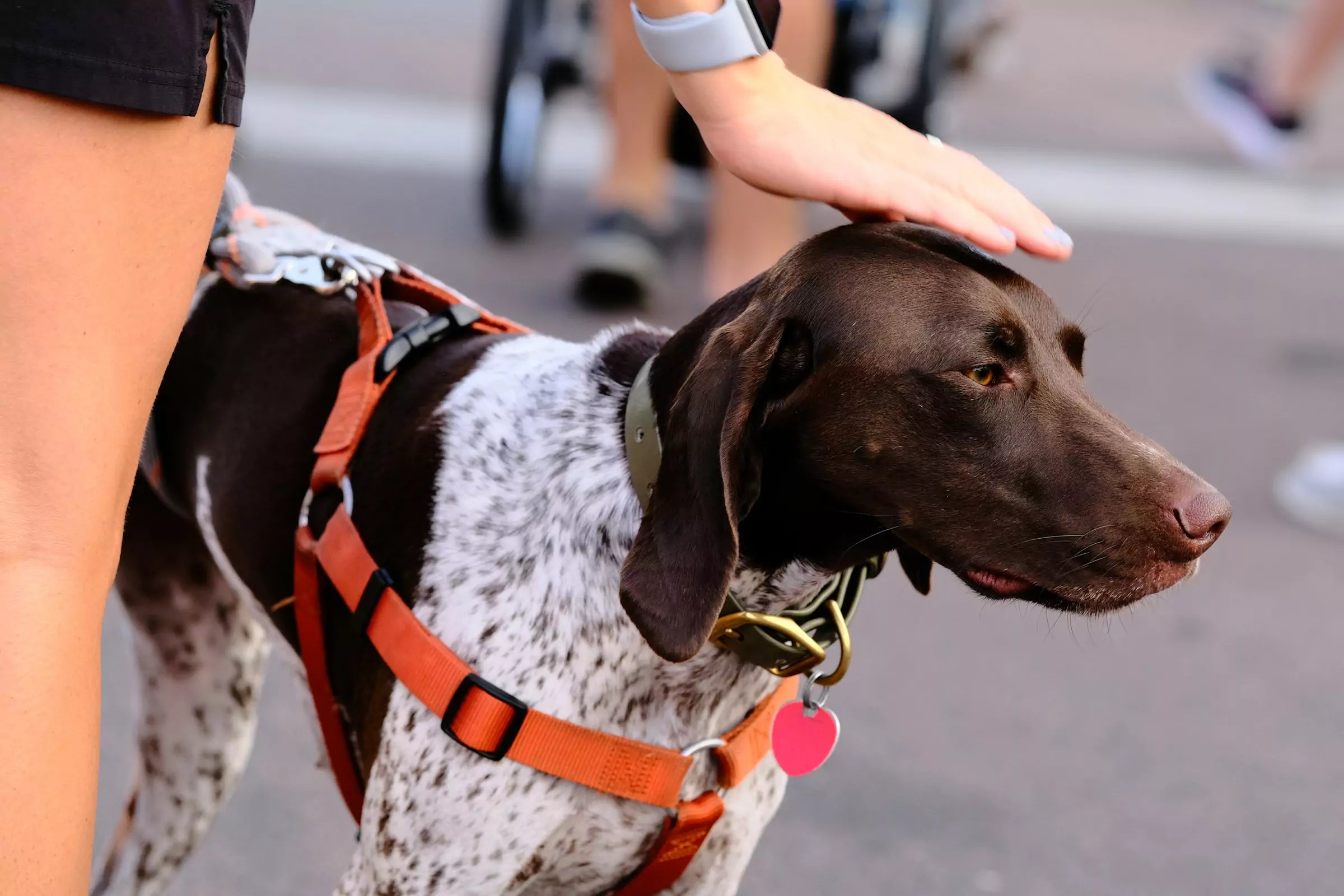

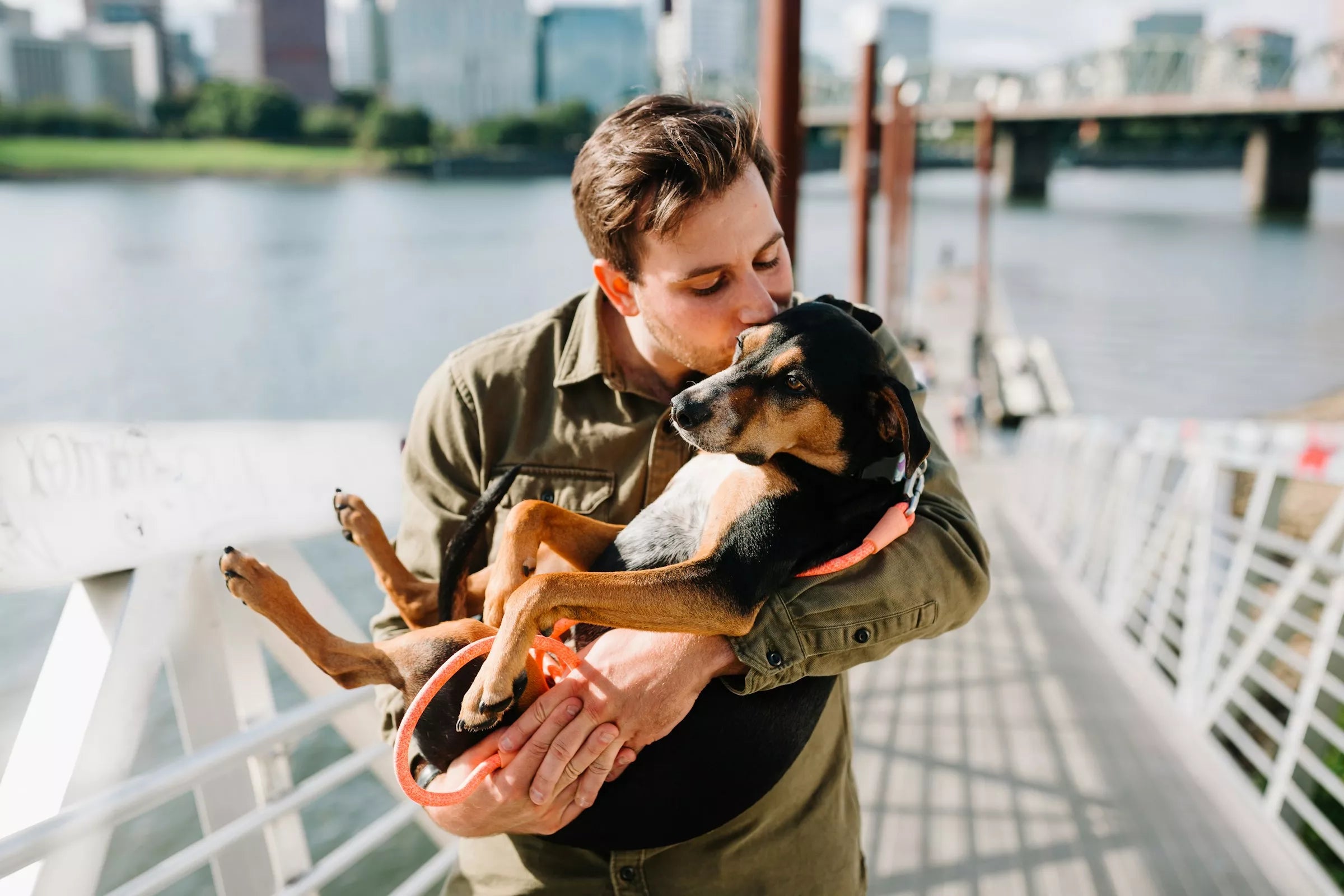
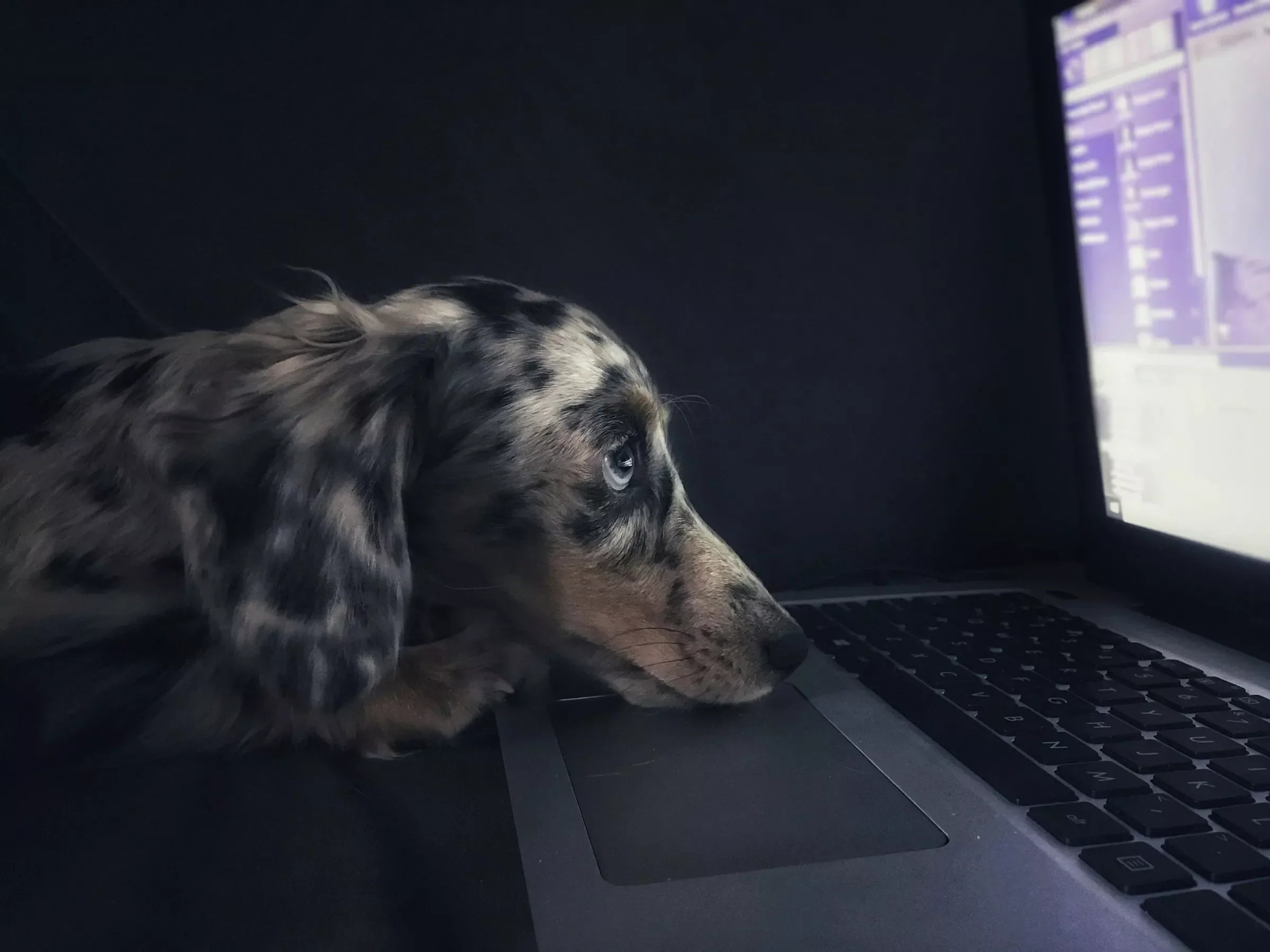

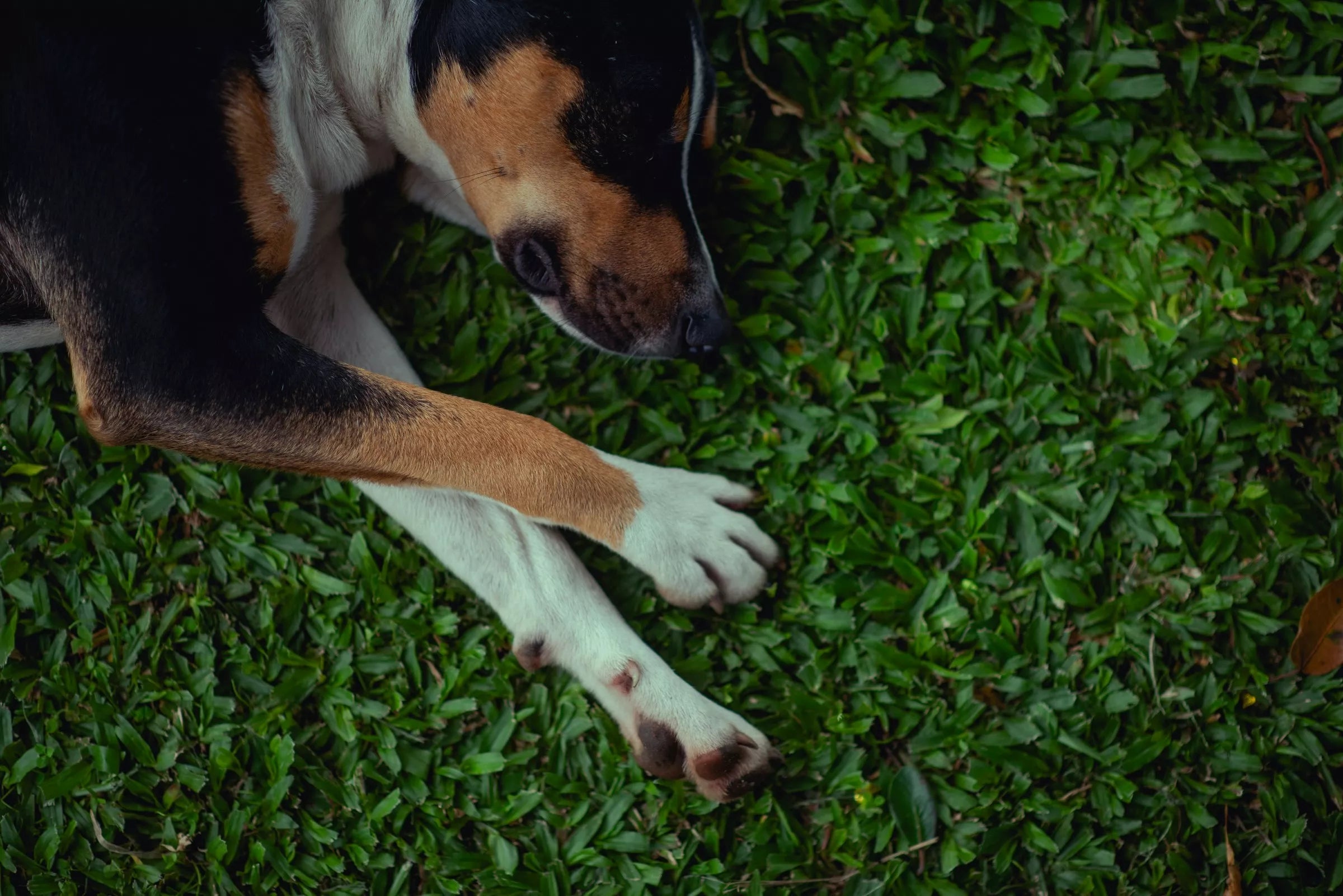
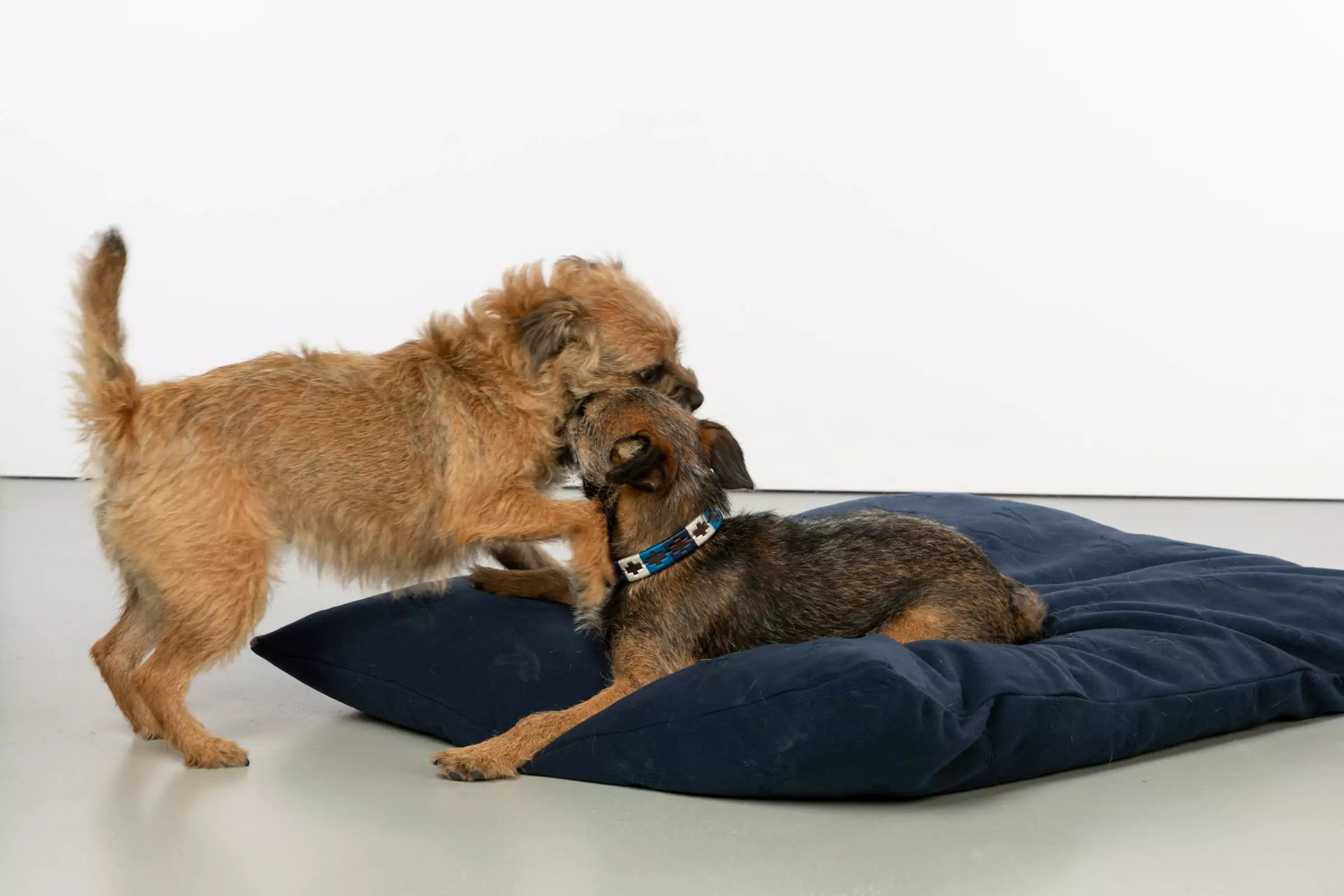
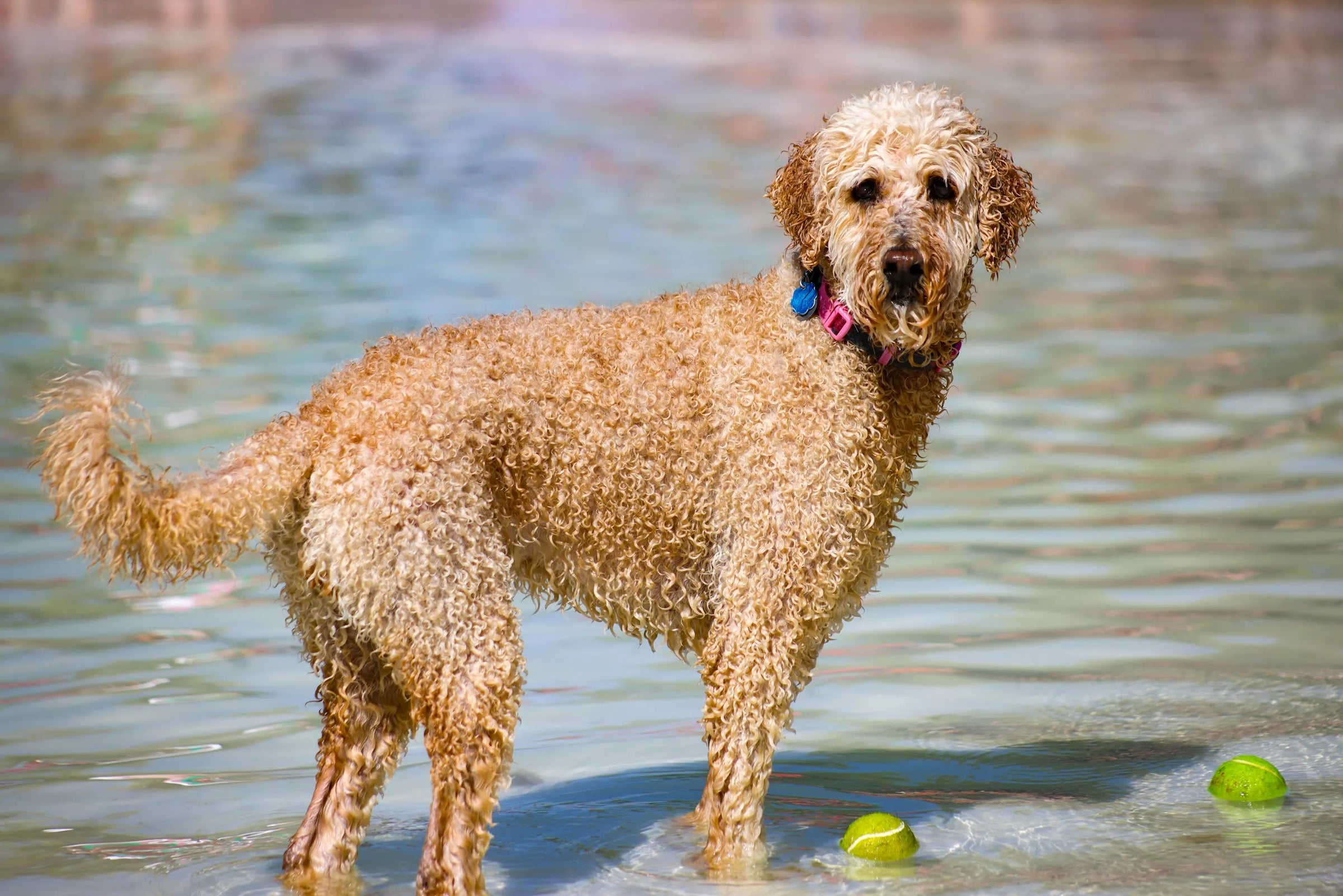






Share:
What’s the Best Leash Length for Dog Walks?
Where Is a Dog’s Belly Button?